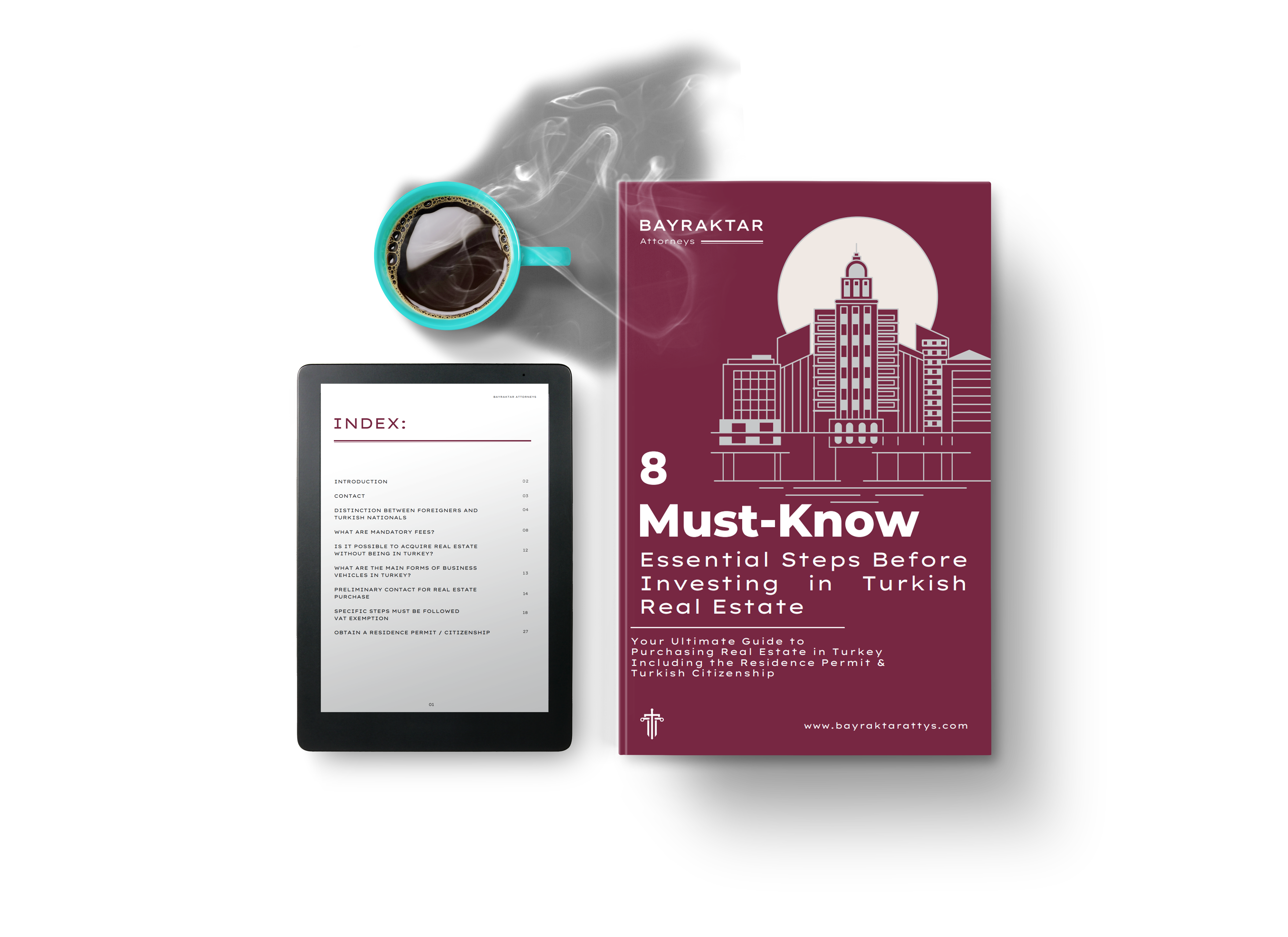-
Life in Turkey
-
Unveiling the Linguistic Roots: Exploring the Language Family of Turkish
By
Unveiling the Linguistic Roots: Exploring the Language Family of Turkish
Unveiling the Linguistic Roots: Exploring the Language Family of Turkish The Turkish language, a rich and historically layered tongue, stands as a testament to the intricate tapestry of linguistic evolution. Anchored in the expansive Altaic language family, according to some linguists, Turkish shares its heritage with a variety of languages across Asia, although this classification remains a subject of scholarly debate. Nevertheless, Turkish is primarily identified as a member of the Turkic language group, which spans across vast regions from Eastern Europe to Siberia, exhibiting a deep connection with languages like Uzbek, Kazakh, and Tatar. This linguistic lineage traces back over a millennium, characterized by features such as vowel harmony, agglutination, and the absence of gender nouns. Embracing its ancestral core, contemporary Turkish is the modern emissary of this ancient language family, echoing the nomadic whispers of the steppes within its syntax and sounds. Diving deeper into the linguistic foundations of Turkish reveals the fascinating journey from its earliest documented forms in the Orkhon inscriptions of Central Asia to the comprehensive reform under the visionary Mustafa Kemal Atatürk, which ushered the language into the 20th century. Atatürk introduced the Latin-based Turkish alphabet as part of his sweeping modernization efforts, replacing the Arabic script and realigning the language closer to European linguistic practices. Language enthusiasts and historical linguists alike are enticed by Turkish's unique structure, which challenges and delights with its logical yet unconventional grammar. Understanding the language family of Turkish not only enriches one’s linguistic insights but also provides a window into the cultural and migratory patterns that have shaped the vibrant palette of human societies across the continents.

